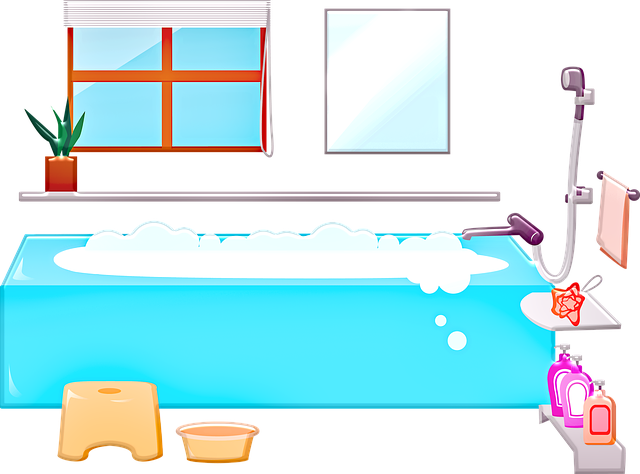
Image Source: Pixabay
The National Safety Council estimates that over 200,000 individuals get injured in their bathrooms annually. Note that NSC’s reports are based on the number of people who report bathroom injury incidences. When you consider all the minor and severe accidents associated with slippery bathroom floors, scalding water, and dangers related to electric shocks and drowning, your bathroom is probably the most dangerous place in your home.
Fortunately, you can minimize these risks and make your bathroom a safer place. Here are essential bathroom safety tips you should never ignore. (See also: Reasons Why You Should Look into Your Bathroom Safety)
1. Get a perfect grip
In your bathroom or any other room with splashing water, ideal traction underfoot is essential. Don’t install glossy (slippery) tiles on your bathroom floor. Note that grout lines enhance traction, and so, it’s recommended to use small floor tiles. You can also use larger ceramic or stone floor tiles that are specially designed with additional grit as these are a safer option for your bathroom floor.
It’s also advisable not to install bathroom fixtures with sharp edges or points that might cause a severe gush in case you fall on them.
2. Install grab bars
Consider installing grab bars next to the tub or in the shower. Though this might not be an idea for everyone, it’s important, particularly for senior citizens. A grab bar by the toilet is helpful for anyone who has problems standing.
These bars no longer have to appear institutional. They are available in varying finishes and looks, right from oil-rubbed bronze to chrome. If you’re renovating your property, you plan to stay there for many years, and you don’t want to install grab bars now, install the right blocking in the wall and mark the location so that you can install the bars later.
3. Eliminate burns
Do you know your bathroom heater can malfunction and leave severe burns on your skin? Most heaters are set to 140 degrees, a temperature level that can burn your skin within a few seconds. You can eliminate the risk of burns by setting your bathroom water heater to 120 degrees or lower.
If you are constructing your home or remodeling it, it’s advisable to install an anti-scald valve for your shower or bathtub. Lavatory faucets fitted with motion sensors can effectively prevent scalding as the water temperature will be preset to a safe level. Besides, such convenient fixtures can keep you and your loved ones from spreading germs when washing your hands because you can turn the faucet on and off without touching anything.
Note that setting your water heater properly also saves energy and reduces your monthly water heating bills.
4. Install water-saving fixtures
Water-saving fixtures such as bathroom faucets with motion sensors prevent water overflow, whether you want to fill your tub with water or simply washing your hands. Besides, you don’t have to worry about your 3-year-old son or a forgetful spouse leaving the tap running all day and flooding your house. You can proceed to this page to learn more about water-saving bathroom fixtures.
You can also invest in another water-efficient fixture called a macerating toilet. Since most macerators are equipped with grinders, they are also capable of grinding accidentally-flushed waste products, including feminine hygiene products, and transporting them to your sanitary sewer.
5. If you have kids, here are important considerations
If you have young kids, keep all your bathroom accessories clean, lock away medication, and install safety devices such as tub-spout pads, and toilet locks. Also, never leave a small kid unattended in the show or tub because they can easily drown. Toddlers can drown within a few minutes even in 3 to 5 inches of water.
6. Bathe safely
Whenever you plan to take a shower, ensure all the necessary controls are easy to reach from outside or inside the water stream. That means you can adjust the water temperature as soon as you feel the water is too hot on your skin.
Consider minimizing the threshold into your shower. This is an essential way of designing a barrier-free bathroom. You don’t need a big walk-in shower to ensure a low curb. Therefore, opt for a simple shower option that sits flush with the bathroom floor, and you can easily step inside.
7. Take other simple measures
Most of the easiest and most crucial bathroom safety measures are related to your practices and behavior. These include;
- Wipe splashes and puddles regularly
- Avoid leaving electrical appliances plugged in near water sources
- Remove rugs with a tendency to bunch up or slip
- Add high-quality traction mats to a slippery bathroom floor
If neglected, bathrooms can become the most dangerous place in your home. However, implementing the tips discussed here can help you make your bathroom safer for both you and the entire planet.
About The Author:
Anne Kamwila is a freelance content writer and a digital marketer. She is passionate to write about health, technology, and business-related guides, news, and books.




